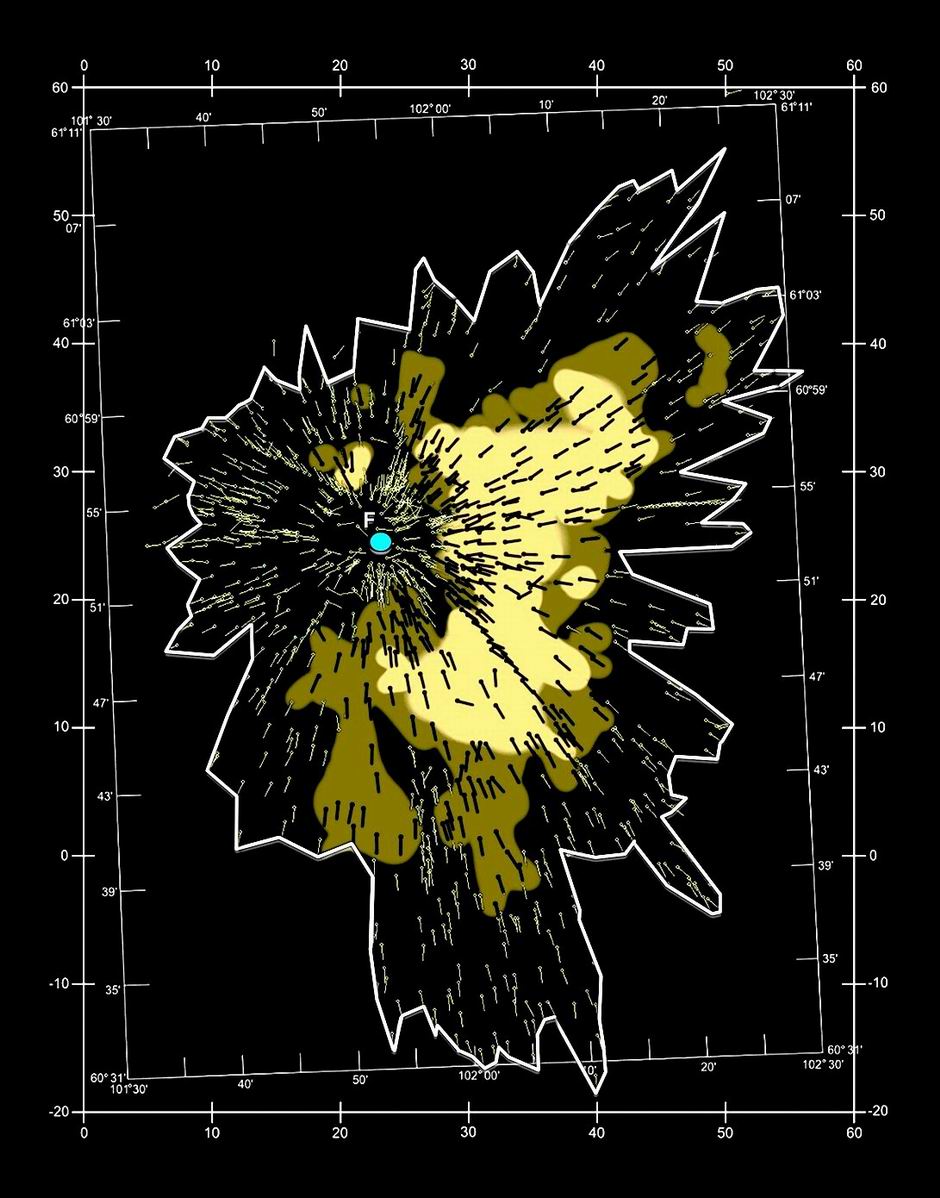Longo G., Di Martino M., Andreev G., Anfinogenov J., Budaeva L., Kovrigin E.: "A new unified catalogue and a new map of the 1908 tree
fall in the site of the Tunguska Cosmic Body explosion." In: Asteroid-comet Hazard-2005, pp. 222-225, Institute of Applied Astronomy of the
Russian Academy of Sciences, St. Petersburg, Russia, 2005. (
pdf, 211 kb)

